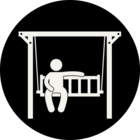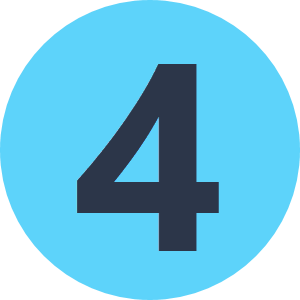Case: To get an unified look I am trying to aggreagate line features before offsetting them. Once they are offset I want to deaggregate them back to their original geometries and attributes.
I assume using ‘Geometry - Assemble hierarchy’ in the Aggregator is the way to go. Unfortunately I find the documentation a bit confusing.
Q1: Could someone please explain the parent - child concept? I have features and their attributes, so two(?) levels deep. I want to “pack” and then “unpack” them. But I don’t understand where to get the ‘parent ID’ or ‘child ID list attribute’? It would make sense to me that they were created when I group the features, not before?
Q2: In the documentation the word nodes is used frequently. I guess this should be understood as ‘parts’?
NB this might not even work. When using the setting ‘geometry - assemble one level’ features wont deaggregate after being offset. If it is also so when using Hierarchies, is there an other tool to achieve my desired result?














